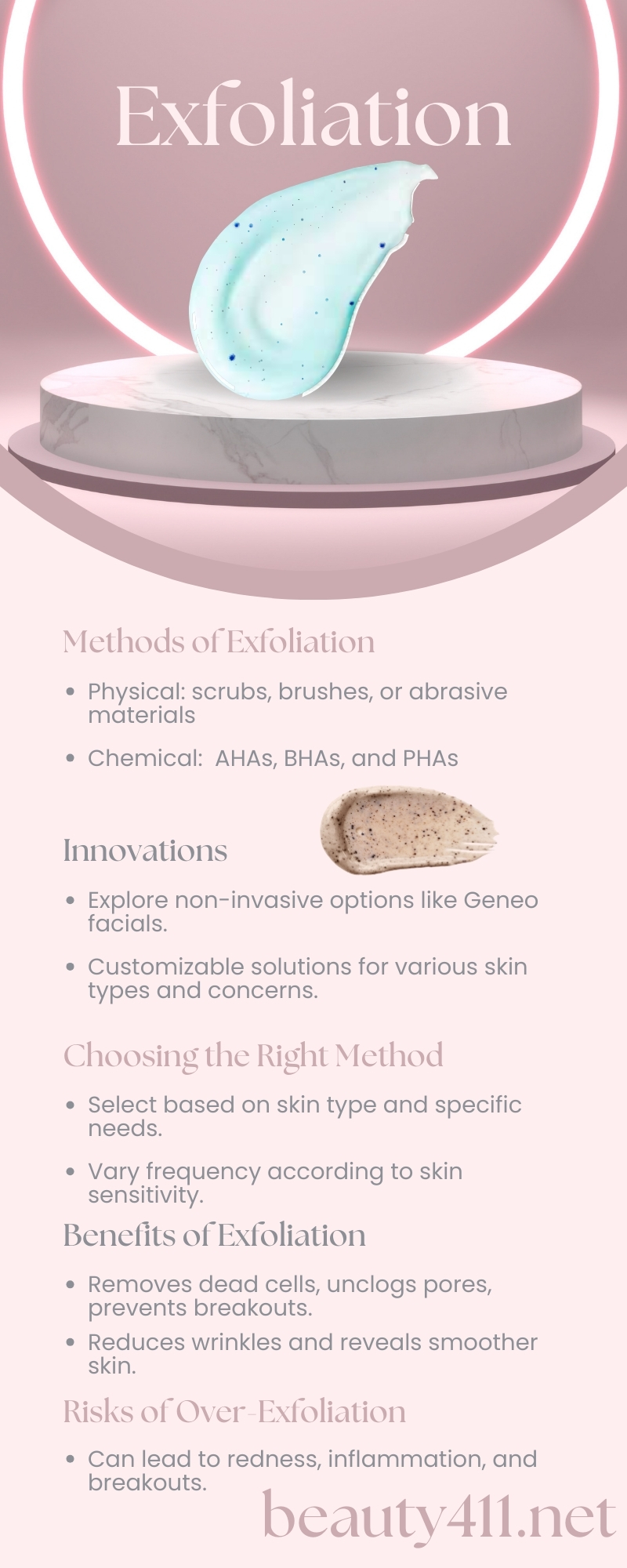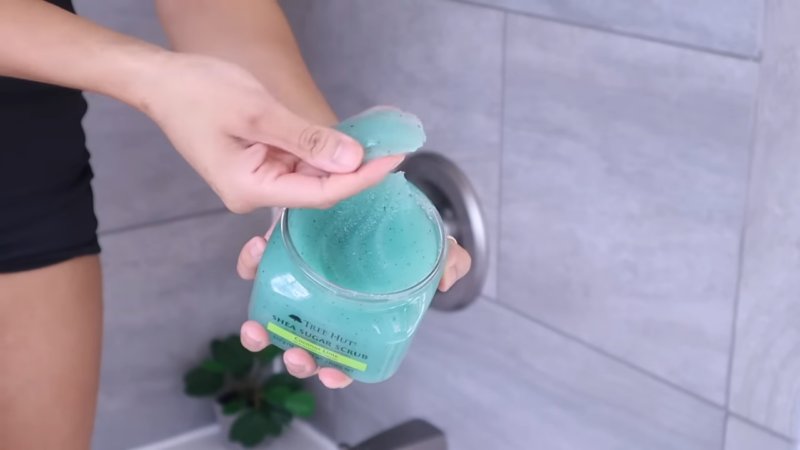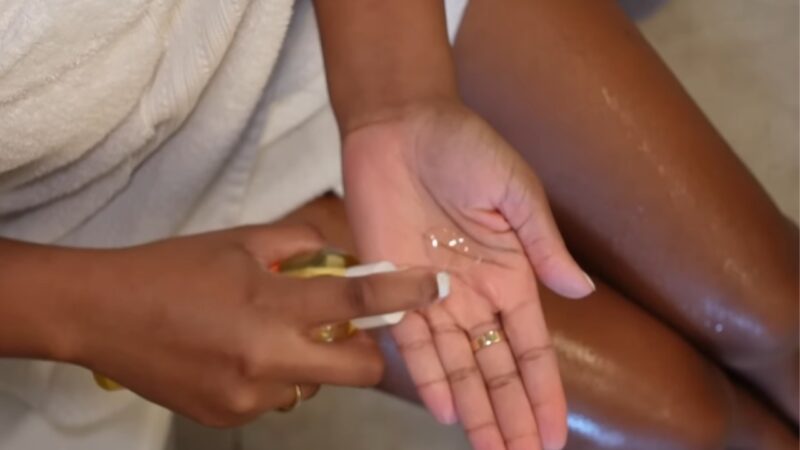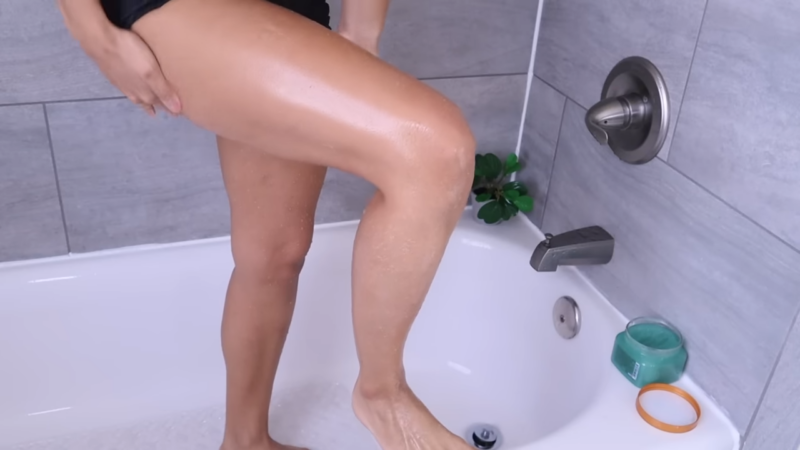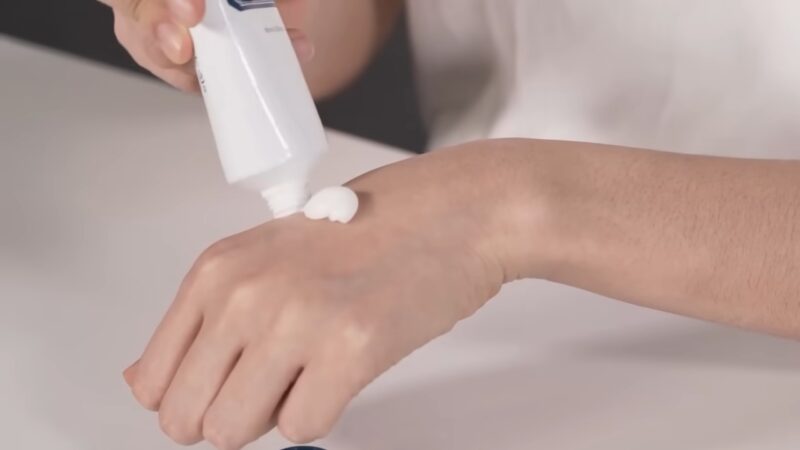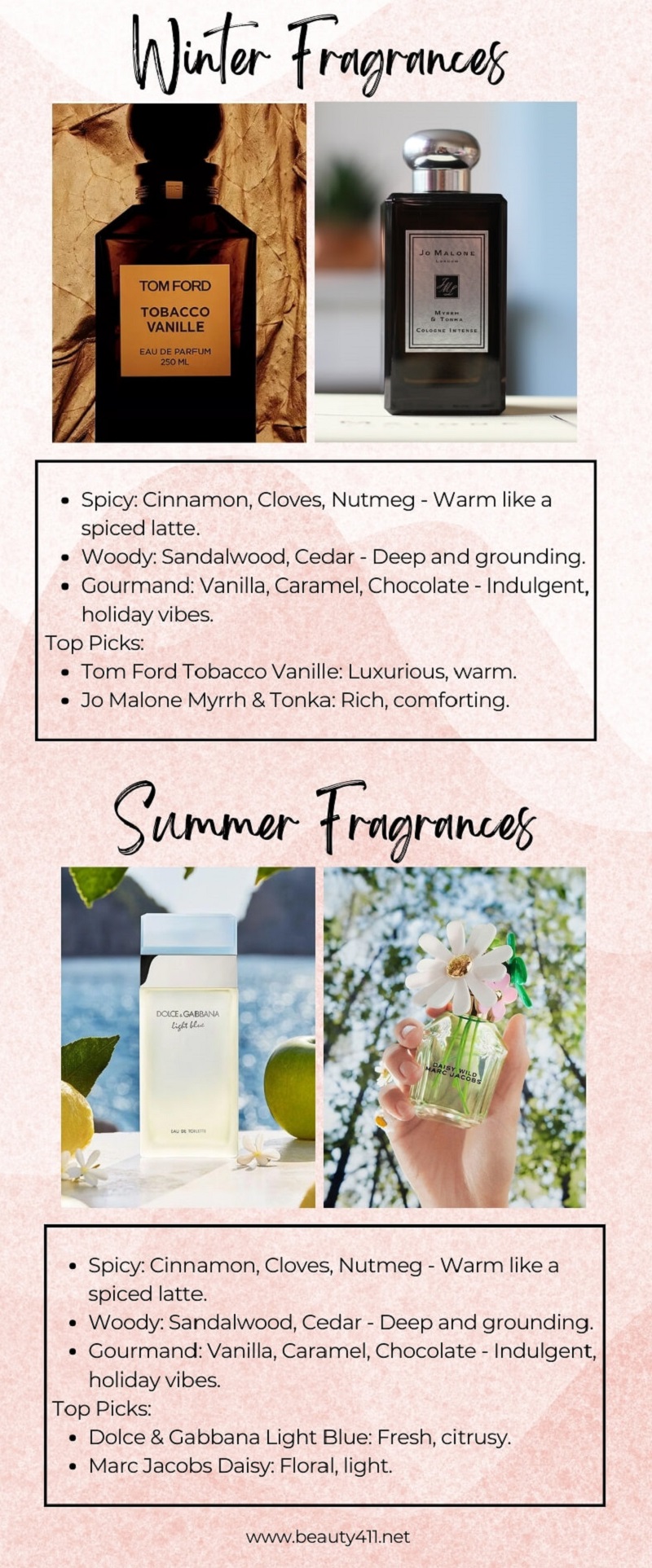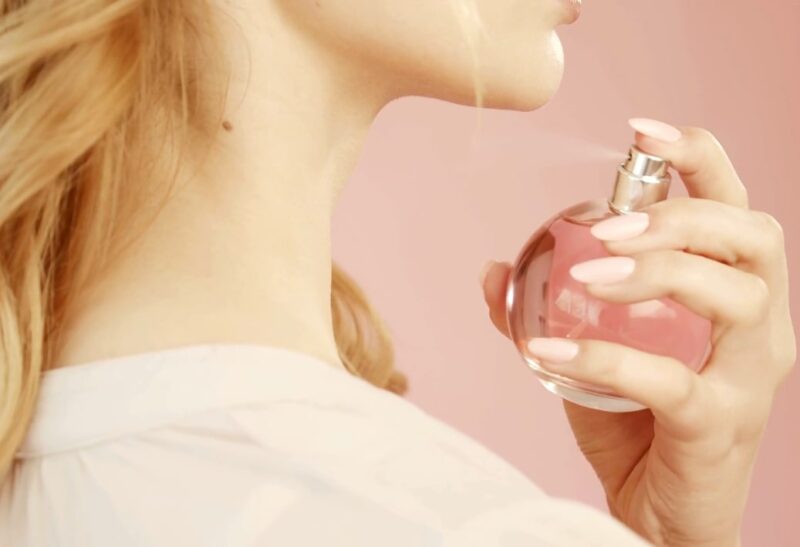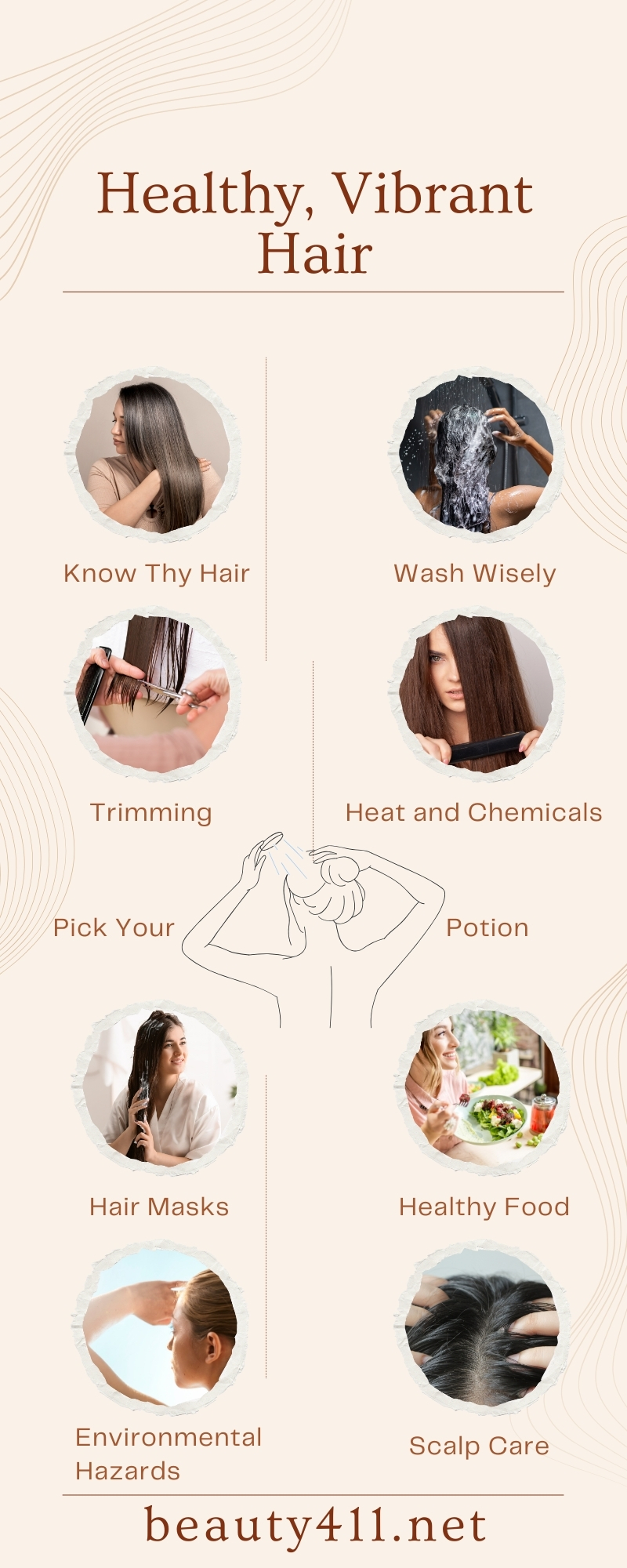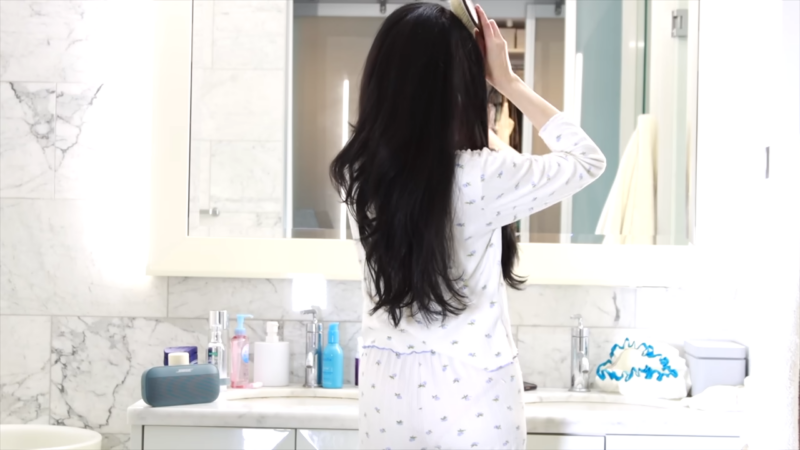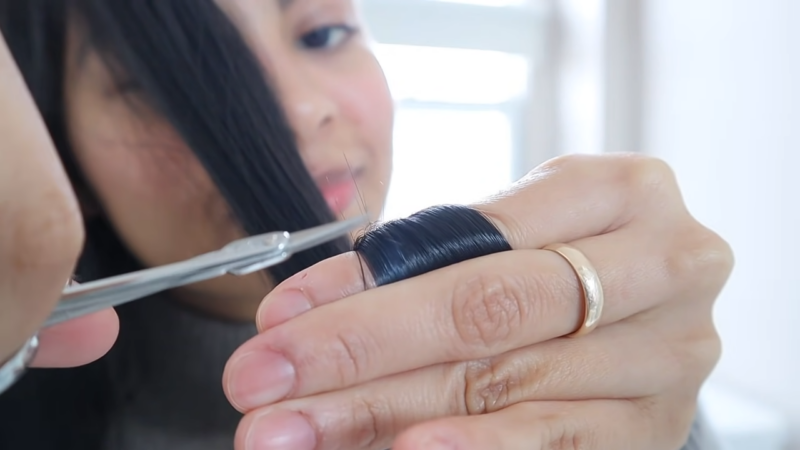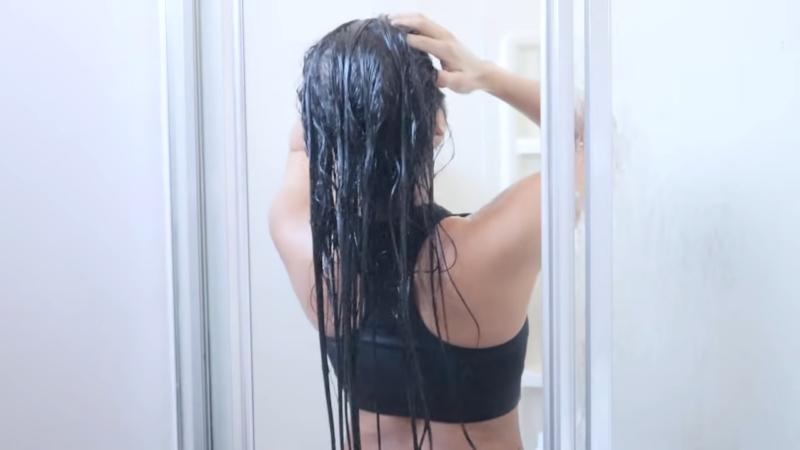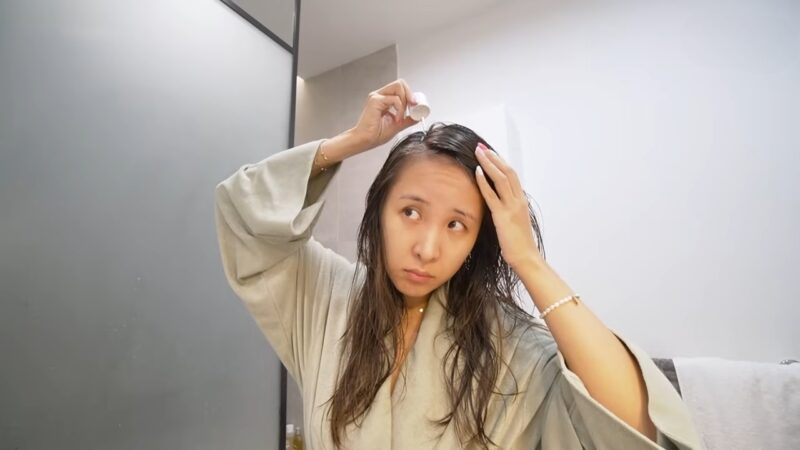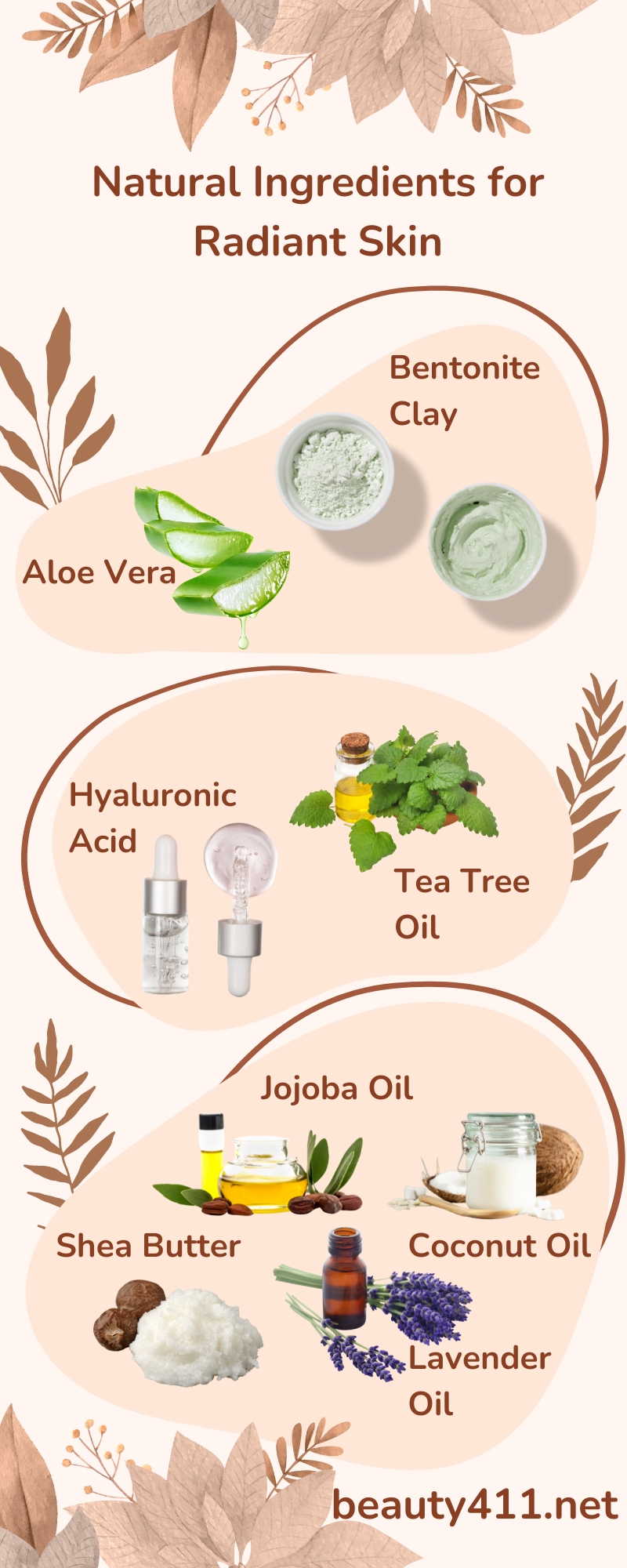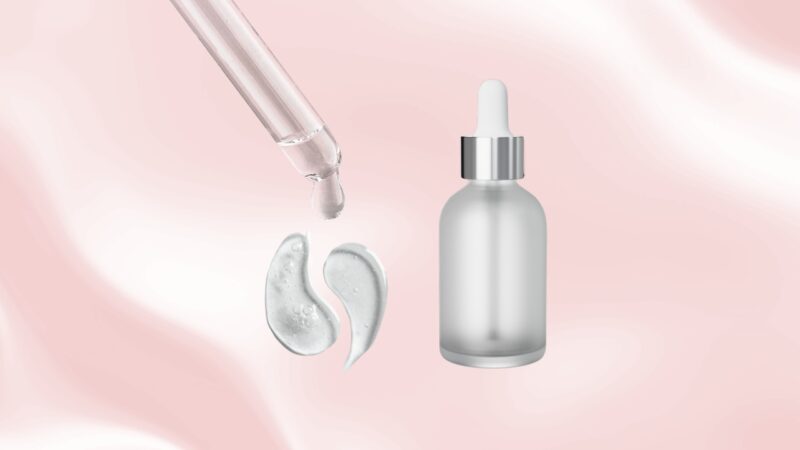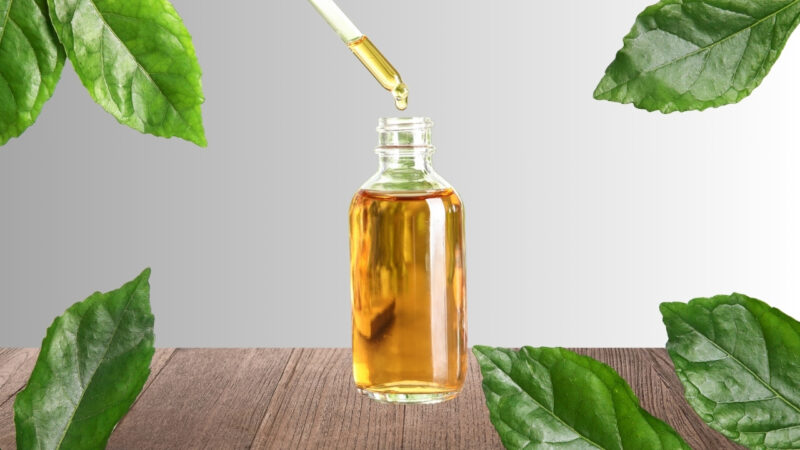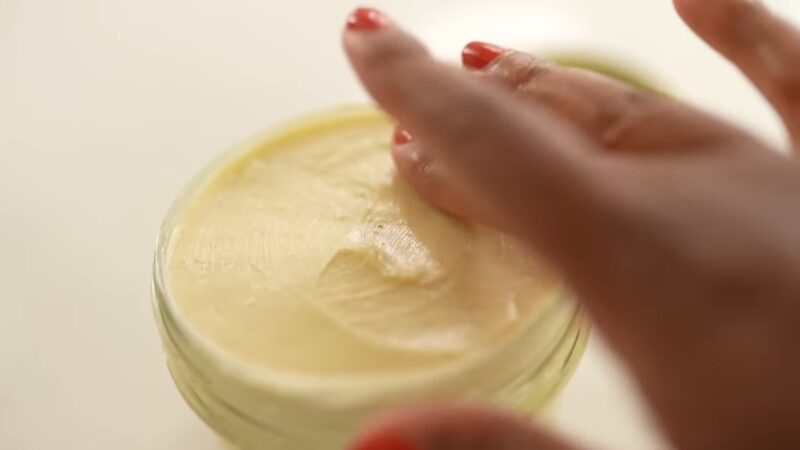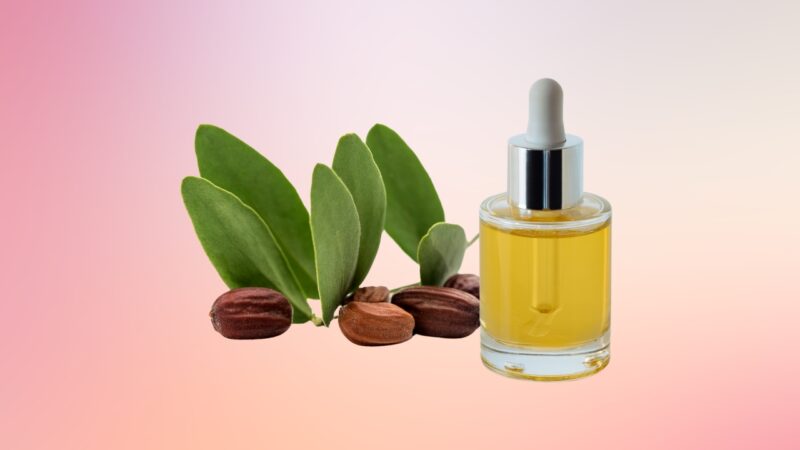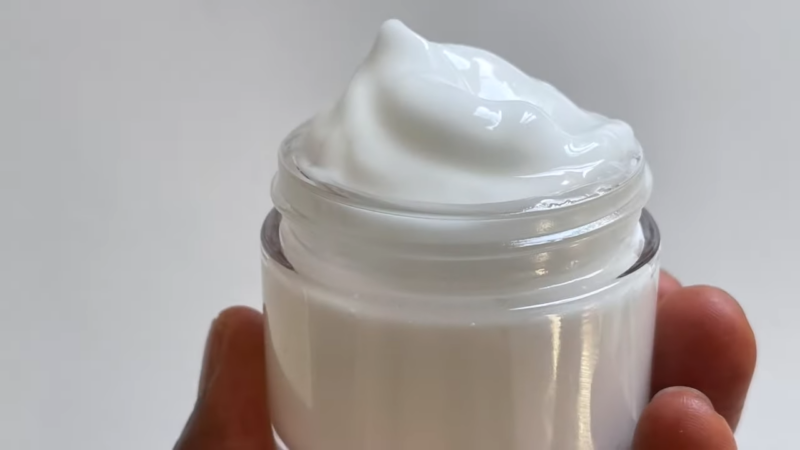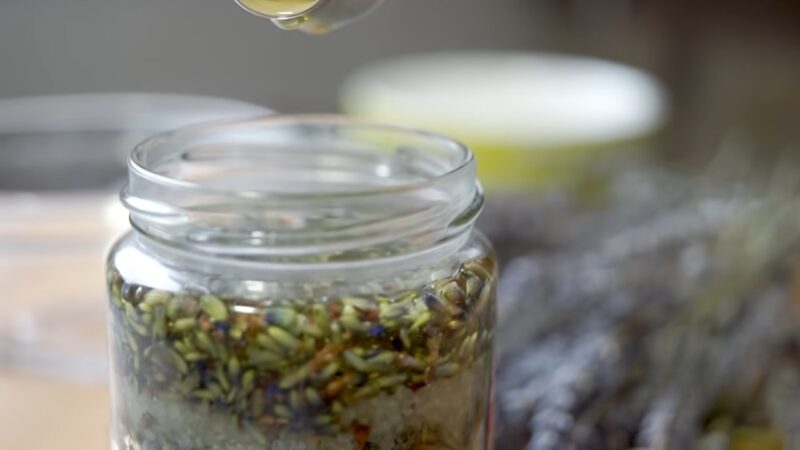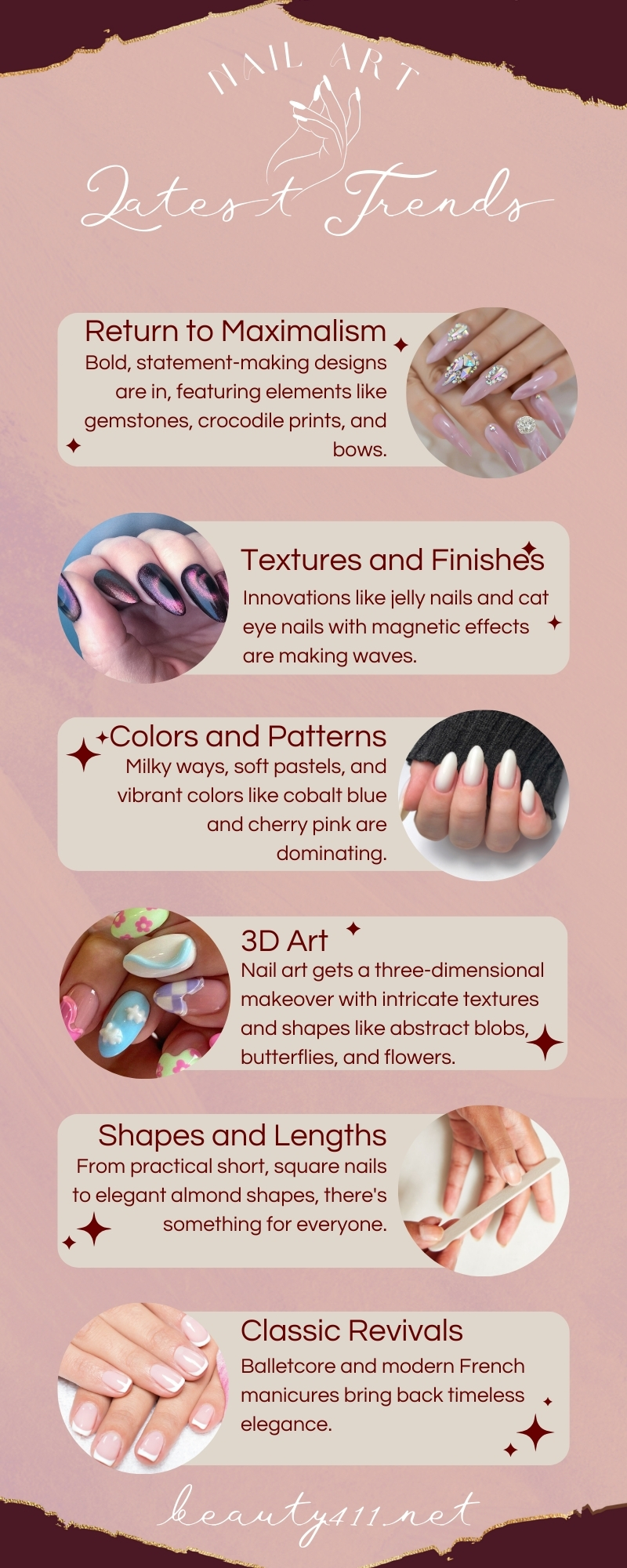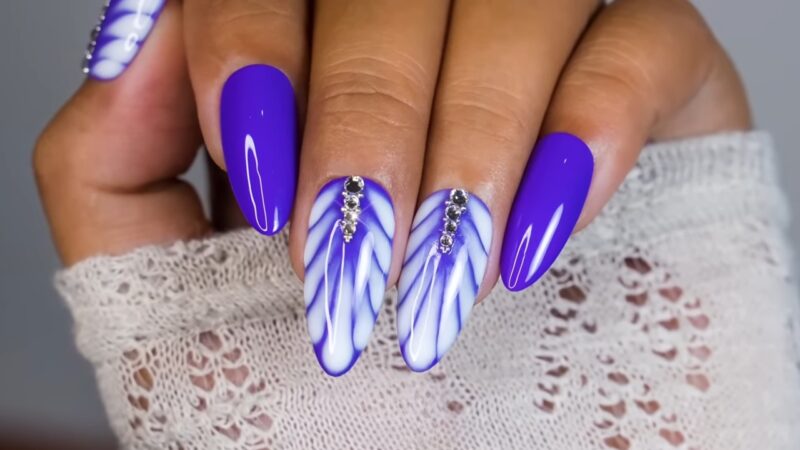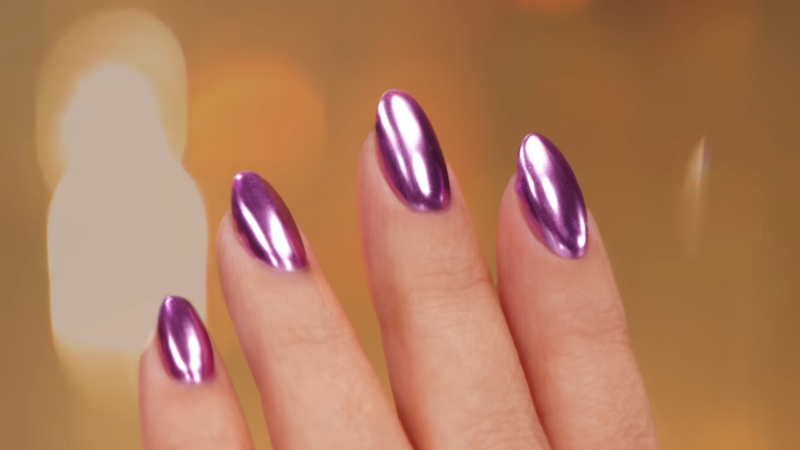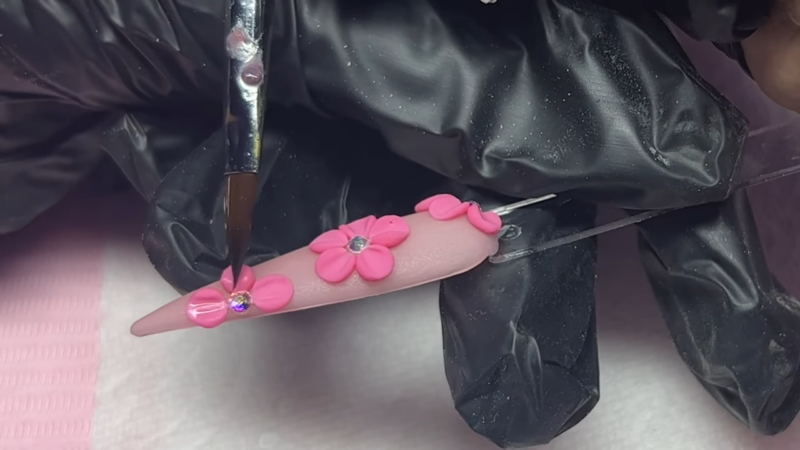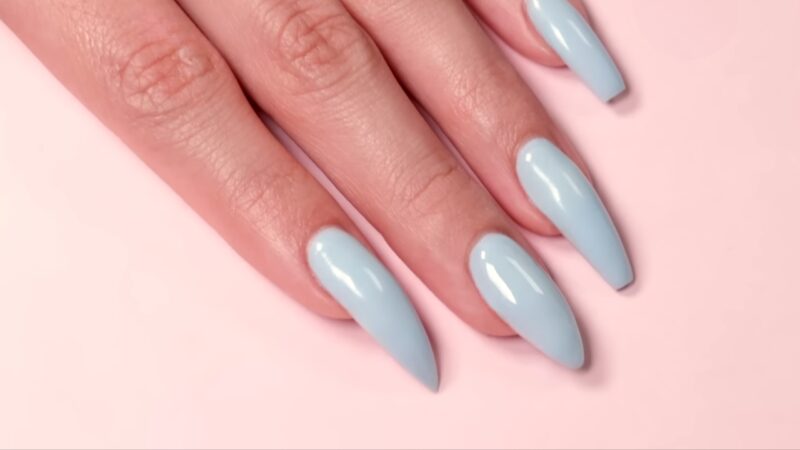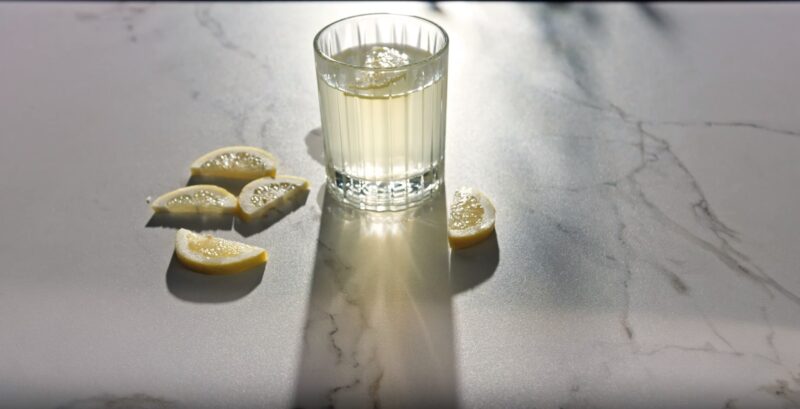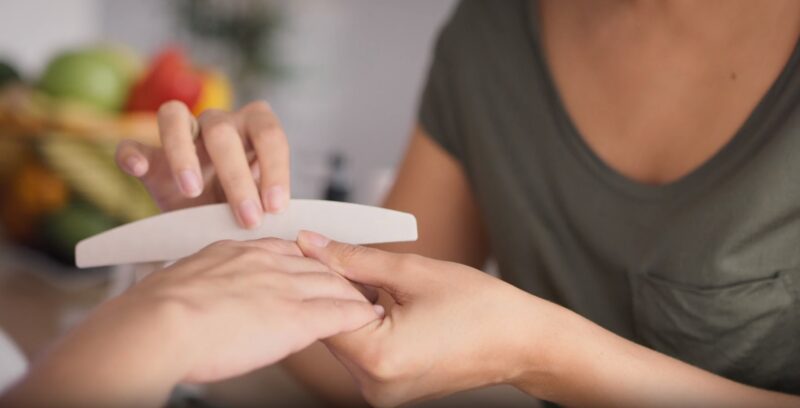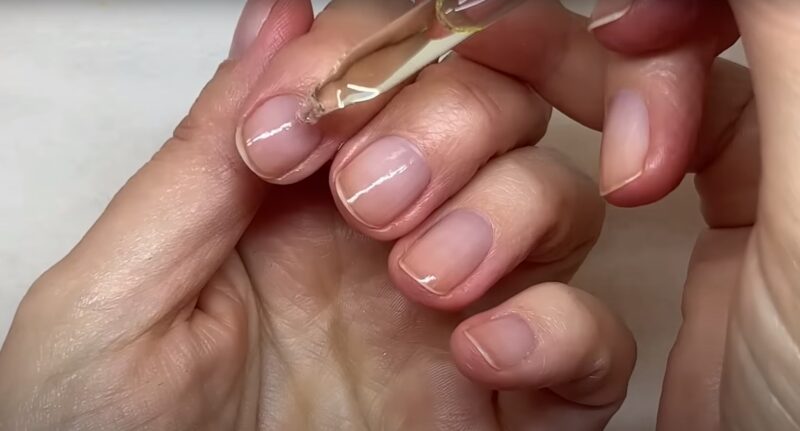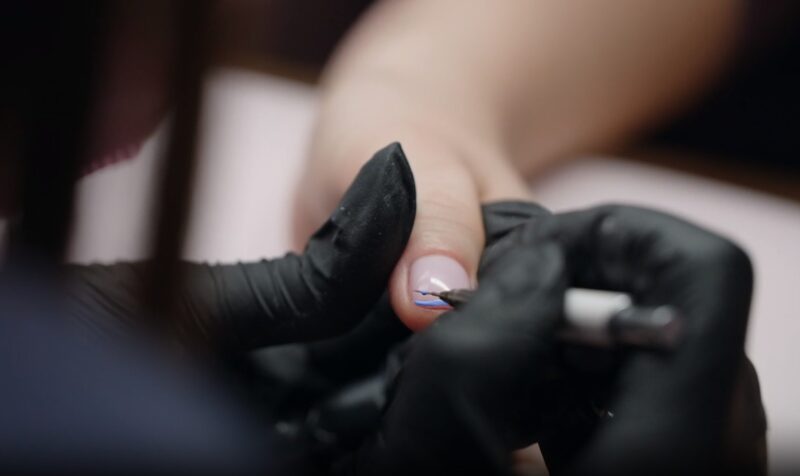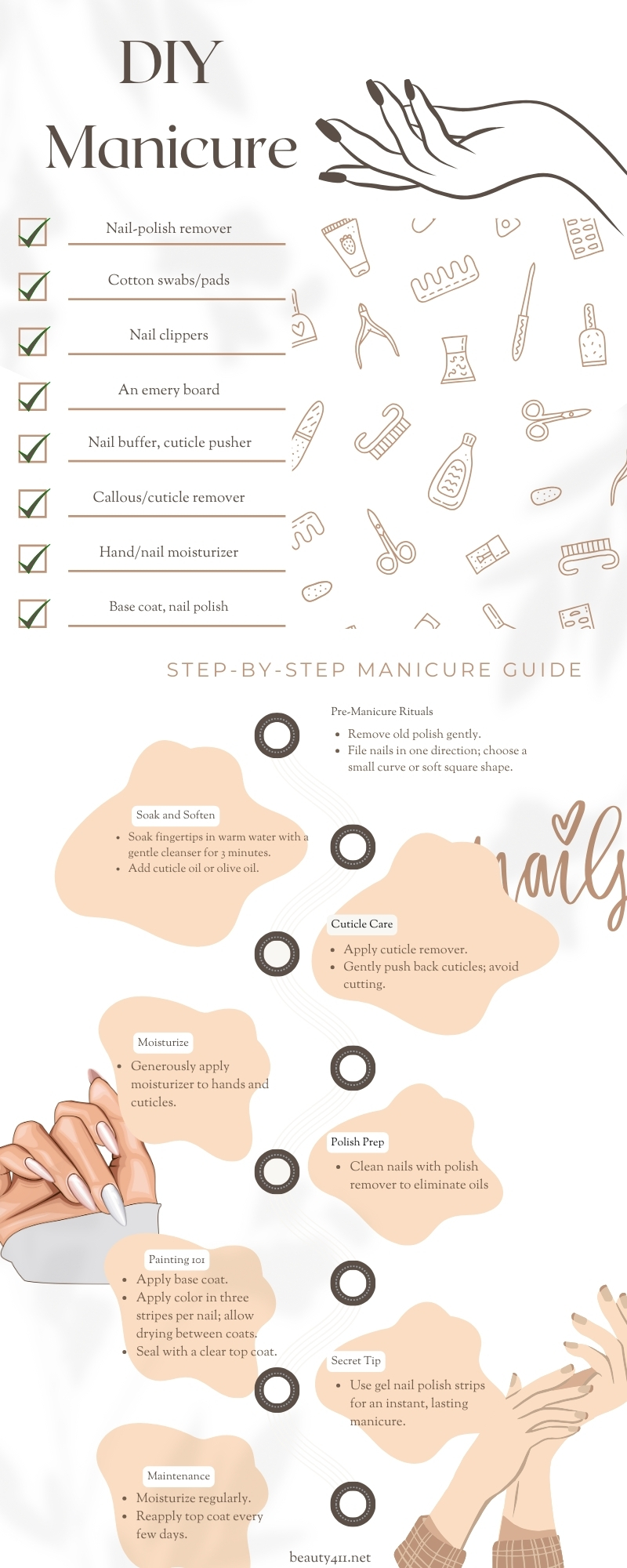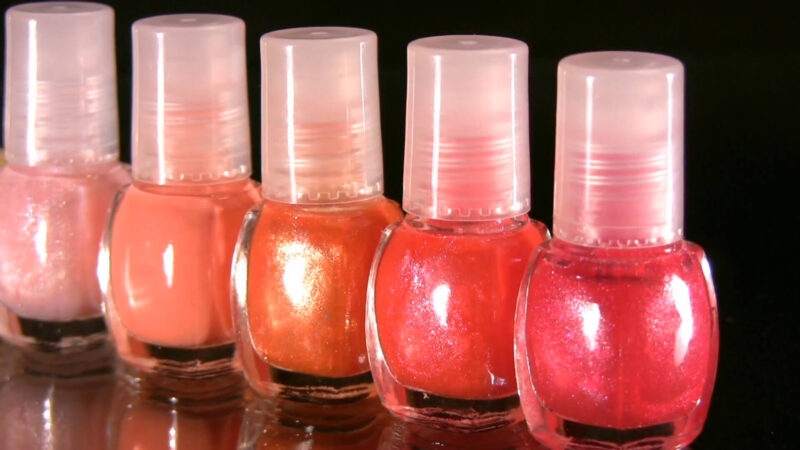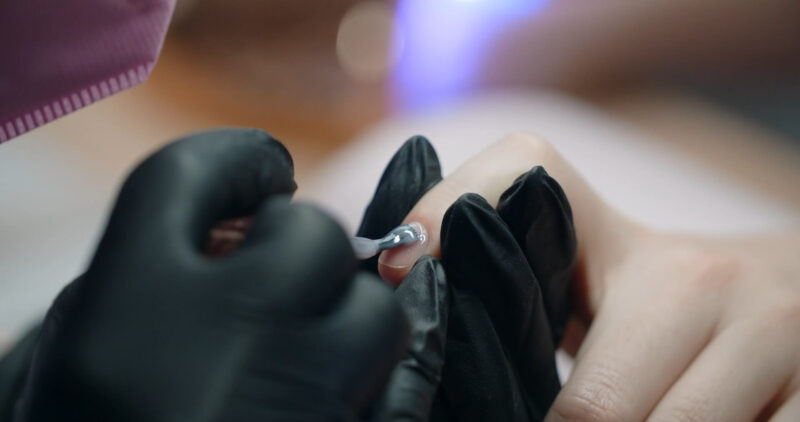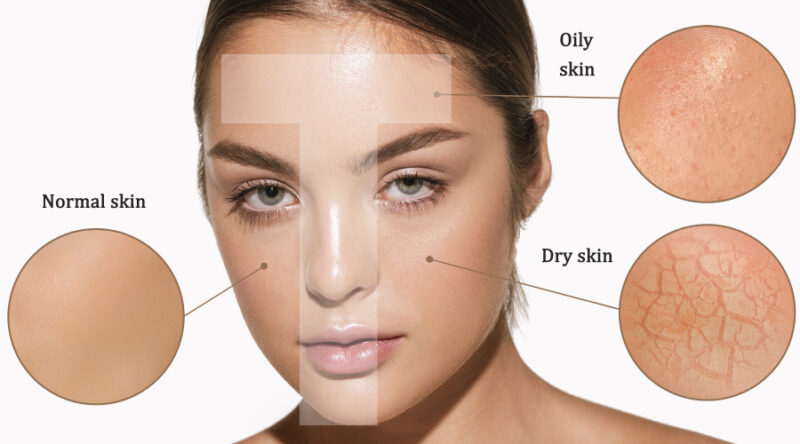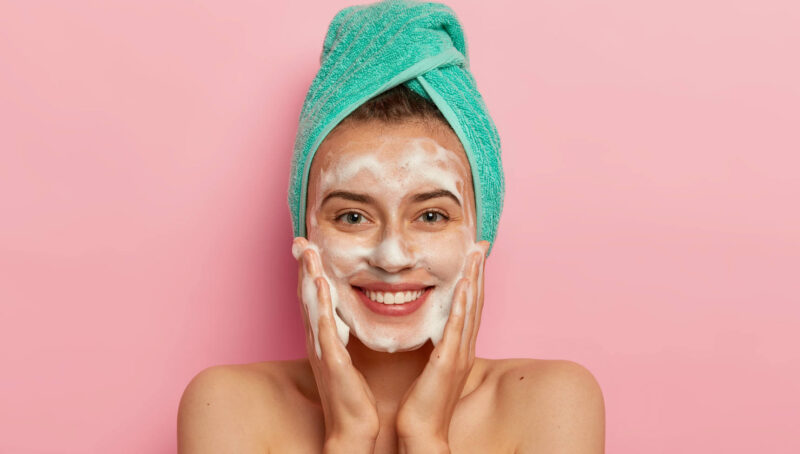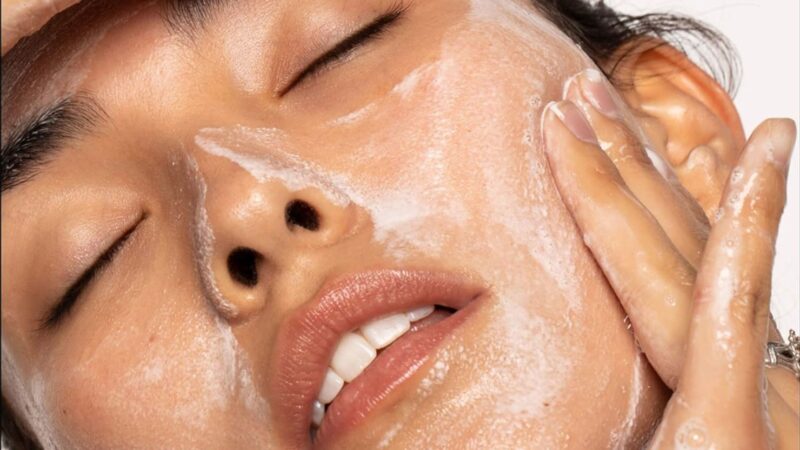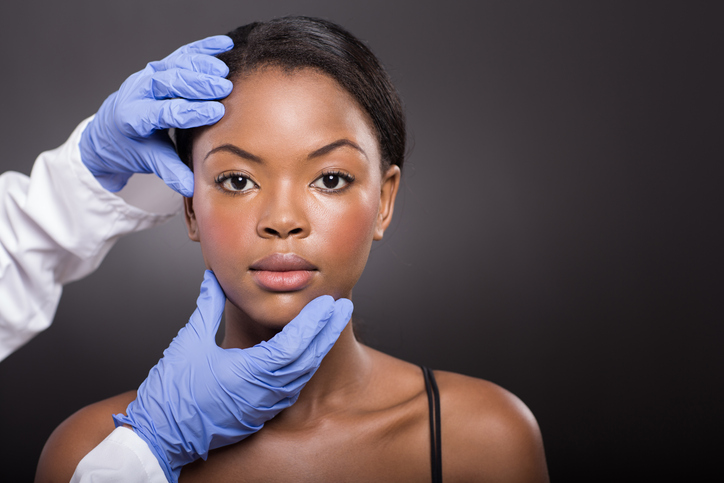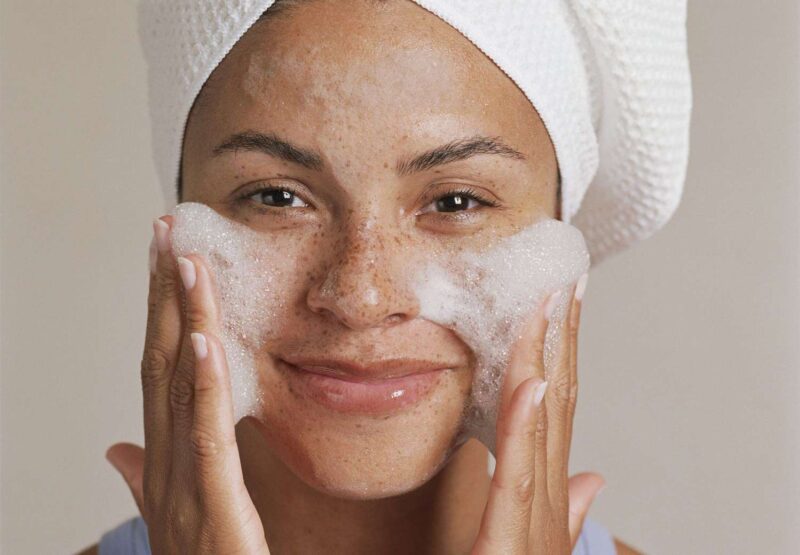As we age, the desire to maintain youthful, glowing skin becomes a common concern for many. Traditional anti-aging treatments, such as facelifts and injectables, can deliver results but often come with significant costs, recovery times, and potential risks.
Thankfully, the rise of non-invasive anti-aging solutions has provided an alternative—one that offers visible results without the need for surgery or extensive downtime.
In this guide, we’ll explore popular non-invasive anti-aging solutions, like microneedling, targeted eye treatments, and other modern skincare technologies, to help you achieve youthful skin without the need for invasive procedures.
1. What Are Non-Invasive Anti-Aging Treatments?
Non-invasive anti-aging treatments are designed to reduce visible signs of aging, such as fine lines, wrinkles, and sagging skin, without the need for surgery or injections. These solutions typically focus on skincare products, devices, or therapies that rejuvenate the skin by stimulating collagen production, improving texture, and boosting overall skin health.
Some examples of non-invasive treatments include:
- Microneedling devices ─ These create micro-channels in the skin to encourage collagen production and improve skin texture.
- Anti-aging serums and creams ─ Skincare products that contain ingredients like peptides, hyaluronic acid, and antioxidants to firm and smooth the skin.
- Eye treatments ─ Special products designed to target the delicate skin around the eyes, reducing puffiness, dark circles, and fine lines.
These treatments offer a safer, more affordable way to address the visible effects of aging, with minimal downtime and discomfort.
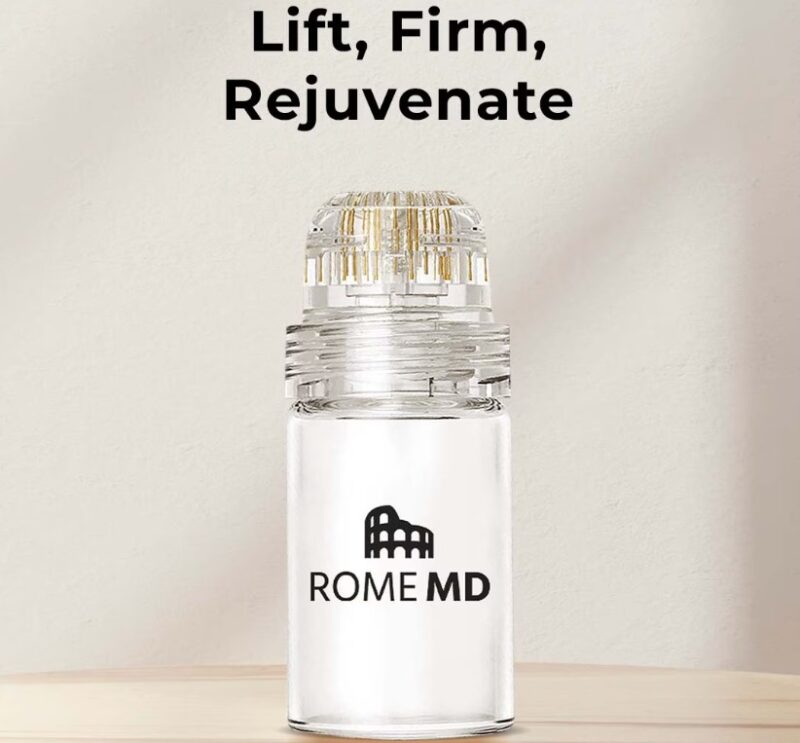
2. The Science Behind Microneedling and Collagen Stimulation
Microneedling has become one of the most popular non-invasive anti-aging treatments in recent years. The procedure involves using tiny, fine needles to create controlled micro-injuries in the skin. This process stimulates the skin’s natural healing response, triggering the production of collagen and elastin—two proteins responsible for maintaining skin elasticity, smoothness, and firmness.
In addition to professional microneedling treatments, at-home devices have grown in popularity. These tools allow individuals to perform microneedling in the comfort of their own homes, offering a convenient and cost-effective way to boost collagen production.
Why microneedling works:
- Collagen boost ─ The small punctures created by the needles stimulate the production of collagen and elastin, which help to firm and smooth the skin over time.
- Deeper product absorption ─ The micro-channels created during microneedling allow active ingredients in your skincare products to penetrate deeper into the skin, enhancing their effectiveness.
- Minimal downtime ─ Unlike more invasive procedures, microneedling offers a relatively quick recovery, with most people experiencing only slight redness or irritation post-treatment.
Discover more about microneedling devices to enhance your skincare routine at home.
Overall, microneedling is an effective way to address multiple signs of aging, from fine lines to uneven skin texture.
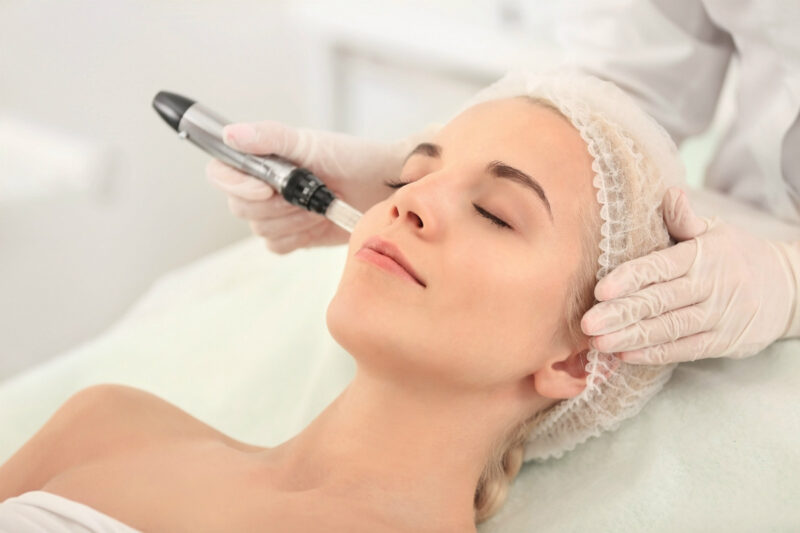
3. Targeting the Delicate Eye Area
The skin around the eyes is among the thinnest and most delicate on the face, which is why it often shows the first signs of aging. Common concerns include fine lines, puffiness, and dark circles, which can make you look tired and older than you feel. Thankfully, non-invasive treatments can help rejuvenate the skin around the eyes without the need for invasive procedures.
Specialized eye treatments typically focus on hydrating, firming, and brightening the under-eye area. Many products contain ingredients like caffeine, peptides, and hyaluronic acid, which can have a noticeable impact on puffiness, dark circles, and fine lines.
Key ingredients for eye care:
- Hyaluronic acid ─ A powerful humectant that helps to hydrate and plump the skin, reducing the appearance of fine lines and wrinkles.
- Peptides ─ Known for their ability to support skin repair, peptides promote firmness and elasticity, helping to smooth out fine lines around the eyes.
- Caffeine ─ Often used to reduce puffiness, caffeine constricts blood vessels, which can help diminish under-eye bags and brighten the area.
When incorporated into your skincare routine, these ingredients can help restore a more youthful appearance to the eyes without the need for invasive treatments.
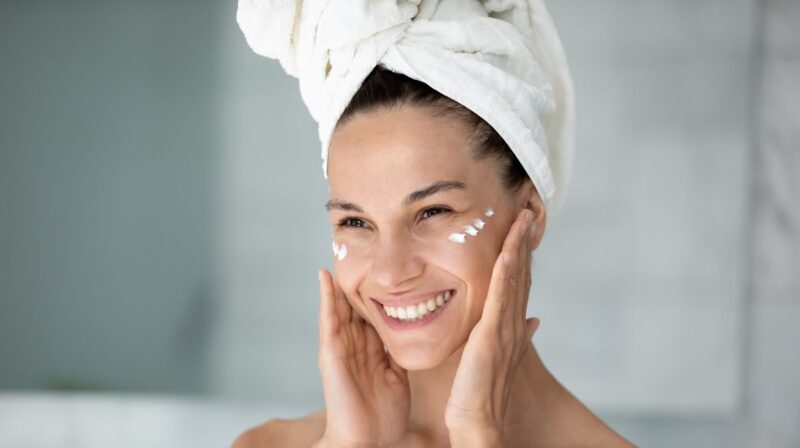
4. Incorporating Non-Invasive Treatments into Your Skincare Routine
To get the most out of non-invasive anti-aging treatments, it’s important to incorporate them into a consistent skincare routine. Here’s a step-by-step guide to help you effectively integrate these solutions into your daily regimen:
Step 1: Cleanse Your Skin
Start by cleansing your skin with a gentle cleanser to remove impurities. This step prepares your skin for better absorption of the active ingredients in your treatments.
Step 2: Use Microneedling Devices
After cleansing, use a microneedling device to target areas that need attention, such as fine lines around the eyes, mouth, or jawline. If using a microneedling device with attached serums, follow the product instructions for optimal results.
Step 3: Apply Eye Treatments
Next, gently apply an eye serum to the under-eye area, focusing on areas with puffiness or fine lines. Lightly tap the product into your skin for better absorption.
Step 4: Finish with Moisturizer and Sunscreen
To seal in hydration, apply a good moisturizer. In the morning, make sure to follow up with a broad-spectrum sunscreen to protect your skin from the harmful effects of UV rays, which can accelerate aging.
By following this simple skincare routine, you can enhance the effectiveness of non-invasive treatments and maintain smooth, firm, and youthful-looking skin.
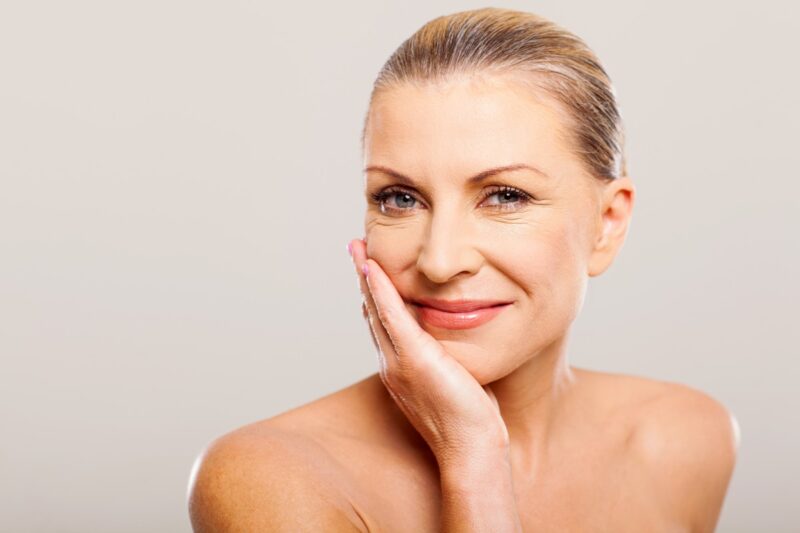
5. The Growing Popularity of Non-Invasive Anti-Aging Solutions
The demand for non-invasive anti-aging treatments has soared in recent years, and for good reason. These treatments offer an effective, affordable, and convenient way to address common signs of aging. With the availability of at-home devices and targeted skincare products, individuals no longer need to rely on costly dermatological procedures or invasive surgeries to maintain youthful skin.
Many brands now offer microneedling systems, anti-aging serums, and specialized eye treatments, all designed to deliver noticeable results with minimal downtime. These solutions are especially appealing to those with busy lifestyles who want to maintain healthy, youthful skin without disrupting their routines.
Conclusion
Non-invasive anti-aging treatments have revolutionized the way we approach skincare and aging. From microneedling devices that stimulate collagen production to eye serums that target puffiness and fine lines, there are numerous solutions available to help maintain radiant, youthful skin. By integrating these treatments into your daily skincare routine, you can achieve smoother, firmer, and more youthful skin without the need for surgery or injections.
With the continued advancements in skincare technology and product formulations, non-invasive treatments are becoming more accessible and effective, offering a convenient option for those looking to rejuvenate their skin in the comfort of their own home.


